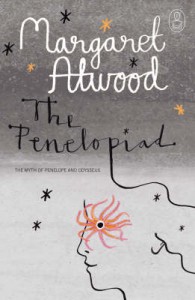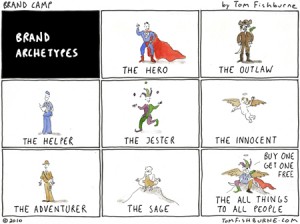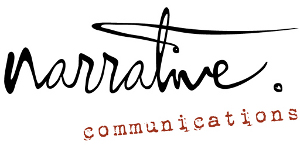When I first learned about the importance of archetypes, I was amazed at how quickly everything seemed to click. My interest in mythology was now applicable to my work in branding and marketing. I began to understand the wisdom these universal, iconic figures held and wanted to find a way to tap into that power by using archetypes as a way of explaining ideas and defining brands.

My Master’s thesis explored the way that archetypes have both shifted and remained constant over the centuries. I looked to Canongate’s The Myths as a framework, including Margaret Atwood’s The Penelopiad and Jeanette Winterson’s Weight to understand how mythology continues to impact our daily lives. My findings showed that cultures around the world identify certain characteristics with specific archetypes, and people often have emotional reactions to those archetypes. For instance, there are certain words we associate with ‘The Mother’, and despite our own upbringing, that archetype remains constant in our minds.

Upon launching Narrative Communications, I wanted to understand how I could tap into this power of understanding archetypes and what they represent. I started taking my clients through an archetypal analysis to strengthen their brand identity and their communications strategy. I looked to other storytellers and business consultants for advice and information, and have since implemented this process into several story sessions and workshops. The results have been outstanding. By helping a client understand what archetype they would like their business to represent, it helps shape the story and gives it universal appeal and a timeless quality. Jim Signorelli wisely cautions not to take the archetypal analysis as the be-all-and-end-all, nor to restrict businesses to simply choosing one archetype.
Now the question for you is:
What archetypes best represent your business, and how can you leverage that when building your brand strategy?
